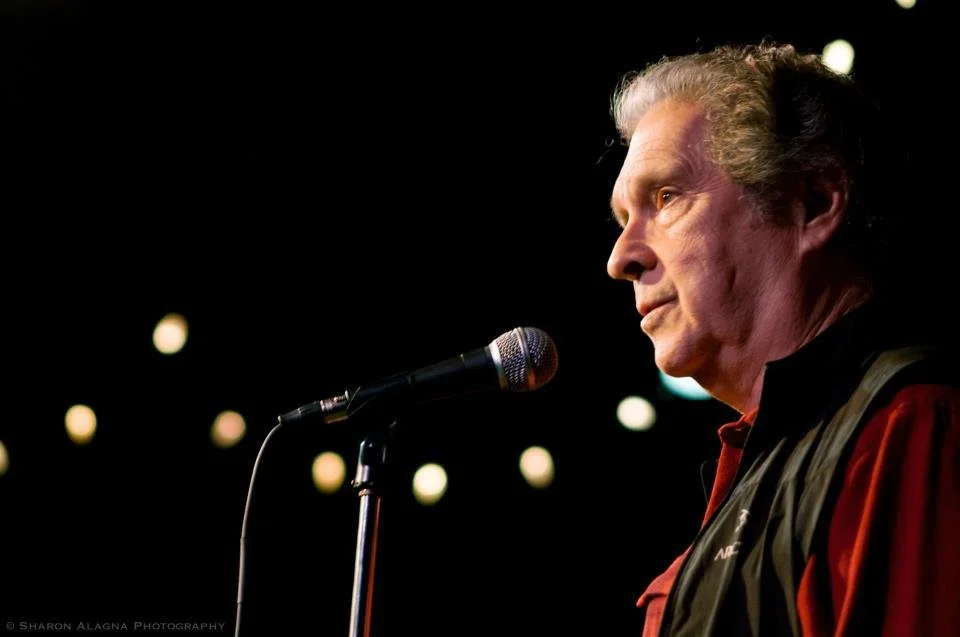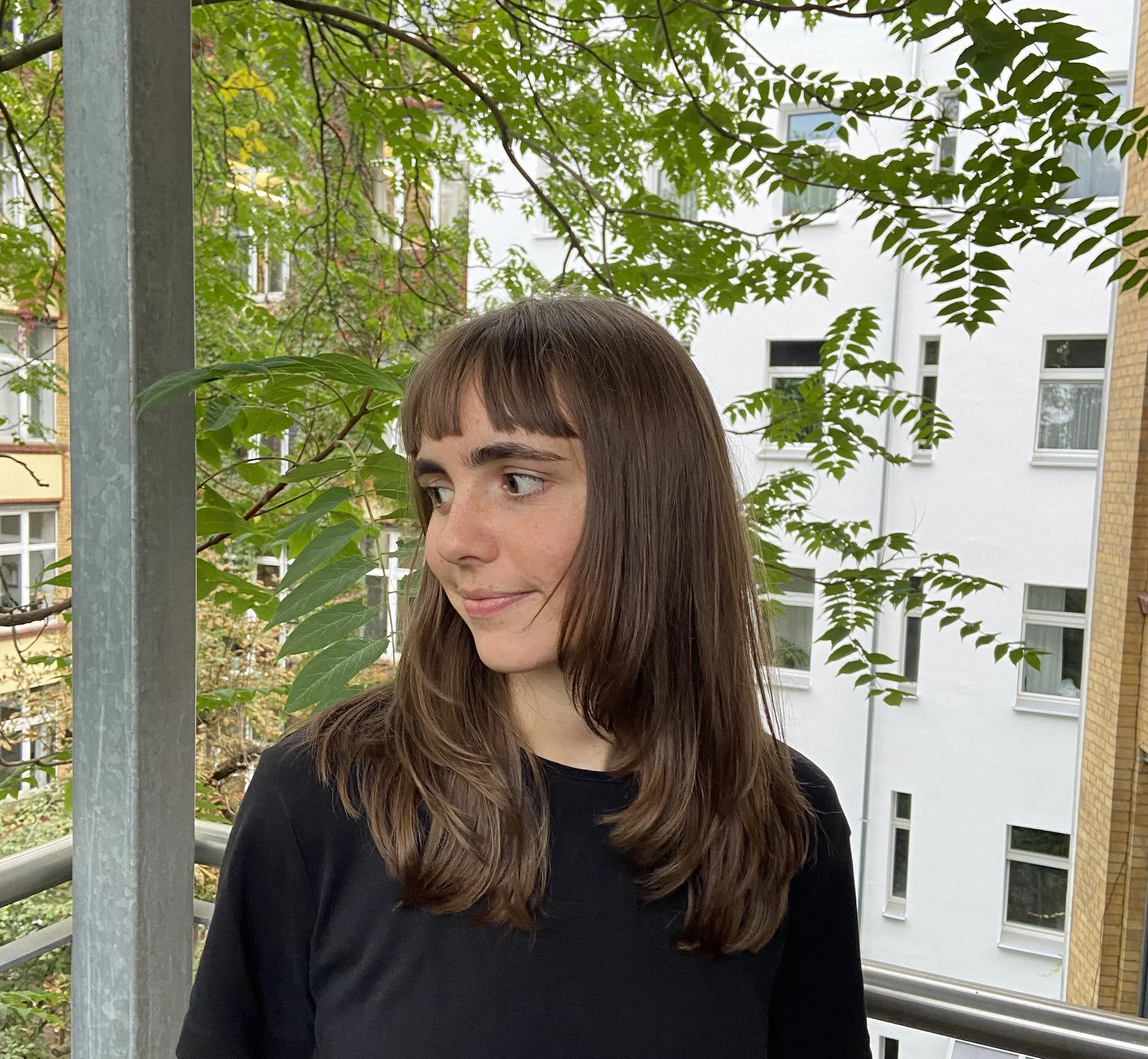Abdullah Qureshi is a multidisciplinary artist, curator, and educator. Rooted in traditions of abstraction, he incorporates gestural, poetic, and hybrid methodologies to address autobiography, trauma, and sexuality through painting, filmmaking, and immersive events.
Read MoreSusie Quillinan is the Head of Masters Studies at Transart Institute, as well as a learner and curatorial researcher based in Lima, Peru. She develops publications, residencies, encuentros, exhibitions and study programming interdependently with artists, curators, researchers, collectives, places, institutions and other learners. Her current research focuses on practices of collective reading and study, weaving as methodology and a curatorial ethics of accompaniment.
Read MoreHolly Rhame is an artist based in Hudson, New York. The driving engine behind her practice is the process of recuperation or the inclusion of all that is abjected from consciousness. This process of death and rebirth generates a unique symbolic order that she uses along with the process of image making as a map for the building of her life as well as for my continued investment in the process of individuation.
Read MoreBill Ratner is a storyteller.
Read MoreRaphael is a film and media scholar and digital artist.
Read MoreStephanie Reid is an interdisciplinary artist whose focus on fine art and photography lead into film making, video, animation / effects, and sound as mediums for more complex storytelling.
Read MoreFerdinand / Holly Regan is a multidisciplinary writer and artist who explores the ways that we connect, transcend, and heal through altered states. As a queer and trans person, they focus on the experience of underrepresented communities through work for the page, stage, table, and screen.
Read MoreAisha Richards is an author, a practicing designer for over a decade and an academic activist. As breathe of practice evolves she applies intersectional social justice to everything she does. Founding Shades of Noir, The Centre for Race & Practice Based Social Justice her work has inspired and informed the full spectrum of creatives and educational practitioners across the UK.
Read MoreKim Robertson is an artist and educator. She has a Bachelor’s in Design (Textile Design) from Duncan of Jordanstone College of Arts, Dundee, and an MA in Fine Art from the RCA in London. She founded her own design and manufacture company based in London selling works to boutiques, galleries, and high-end department stores.
Read MoreDr. Carolina Rito is Professor of Creative Practice Research, at the Research Centre for Arts, Memory and Communities (CAMC), at Coventry University, UK; and leads the centre’s Critical Practices research strand. Carolina Rito is a researcher and curator whose work explores ‘the curatorial’ as an investigative practice, expanding practice-based research in the fields of curating, visual arts, visual cultures and cultural studies. In her work, Rito has been preoccupied with the notions of knowledge production in the field of the curatorial. This has meant that her interest resides on how practices – such as curating – produce new knowledge, or, in other words, produce a particular way of understanding the world.
Read MoreDeborah Robinson is an artist and Associate Professor (Reader) in Contemporary Art at Plymouth University where she co-ordinates the ARC (Arts Research Collective) research group. Trained as a painter, Robinson earned a doctorate degree from Plymouth University in 2003, writing her dissertation on ‘The Materiality of Text and Body in Painting and Darkroom Processes: An Investigation Through Practice,’ which engaged with feminist and psychoanalytic theory.
Read MoreMerete Røstad is a visual artist and curator working with publics, remembrance and archive. Her practice concerns the perception of our everyday exchange and experiences within our surroundings, one aspect of this being how we read the traces left behind.
Read MoreNew York painter Mark Roth’s work is focused on issues of extinction, rewilding, eco-grief, ethology and painting’s capacity as a tool for inquiry and solace.
Read MoreProfessor Mark Roughly is a Lecturer in 3D Digital Art at Liverpool School of Art and Design and a member of the Face Lab research group that explores faces and art-science applications. Mark trained as a medical artist, gaining his MSc in Medical Art from the University of Dundee, and specialises in visualising anatomy through 3D data acquisition, modelling and fabrication. His research focuses on the affordances that 3D digital technologies allow for both digital and haptic interaction with anatomical and cultural artefacts. He is the host of the art-science Liverpool LASER Talks (Leonardo Art Science Evening Rendezvous) and a Section Editor for the Journal of Visual Communication in Medicine.
Read MoreSteve Rowell is an artist who works with photography, moving image, sound, installation, maps, and spatial concepts to produce complex multicomponent projects. His practice investigates terrains of perception, nonhuman intelligence, ecologies, and technology, exploring the landscape as a site of political imagination. Steve contextualizes the morphology of the built environment with the surrounding medium of Nature, appropriating the methods and tools of the geographer and archaeologist.
Read MoreLaurie Anne Roark
Projects Coordinator
Laurie Anne Roark is an archivist, editor, and arts worker. Interested in intersections of material culture and poetry, her research engages practices of collecting, artistic networks, and archival theory. Laurie comes to Transart as Projects Coordinator with attention to practices of organization and systems management.
Read MoreTereza Ruller (she/her) identifies as a mother, a communication designer, a researcher, and an educator. In her practice—The Rodina—Ruller investigates the performative and critical approach toward graphic design. Her transdisciplinary practice emphasizes the power of situation, playfulness, active spectatorship, and relations between human and nonhuman actors. Ruller’s work is deeply collaborative and consists of participatory events, spatial installations, virtual environments, and visual identities. Addressing critical issues of our time—such as ecological, social, and political crises—she seeks to develop collective shifts in perspective.
Read More
















